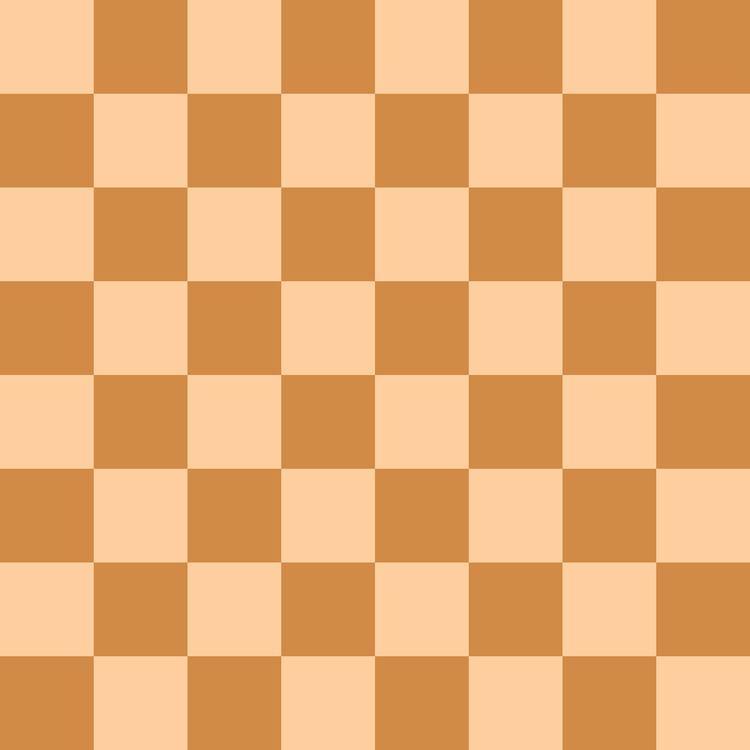 | ||
Dunsany's Chess, also known as Dunsany's Game, is an asymmetric chess variant in which one side has standard chess pieces, and the other side has 32 pawns. This game was invented by Lord Dunsany in 1942. A similar game is called Horde Chess.
Contents
Rules
Black's pieces are set up identical to regular chess; White's army consists of 32 pawns, filling ranks one through four, as shown in the diagram.
Rules are the same as in regular chess, with the following exceptions:
Other rules are the same as regular chess; for example, all pawns can be promoted on the final rank. Stalemate is the same as in regular chess; for example, if White's pawns run out of moves.
Horde Chess
Horde Chess is identical to Dunsany's Chess, with the following differences:
Horde variant
A Horde variant uses the opening setup shown in the diagram. In this variant, White's pawns on the first and second ranks may advance one or two steps, given that the path in the file is free. Unlike in regular chess, this does not have to be the pawn's first move.
